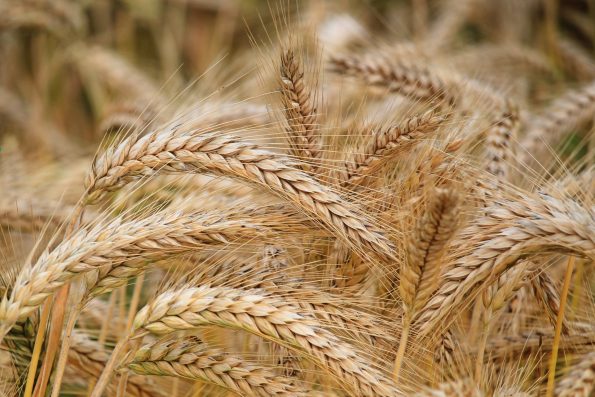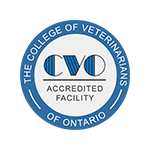
The popularity of grain free dog and cat foods has exploded in the past 5 years. Is it the best choice for your pet?
The theory behind grain free pet foods is that in removing grains, these foods are thought to more closely match what dogs and cats would eat naturally. There is concern that foods containing grains include these ingredients as a cheap ‘filler.’ Many pet owners also choose a grain free diet because they feel their pet is less likely to be allergic to these diets.
Grain free diets do eliminate grains like corn, oats, barley, and rice in the ingredient list. However, these ingredients are not ‘fillers’ – they are reliably broken down through the digestive process, absorbed, and used by the animal consuming them. In fact, dogs adapted to thrive on a starch rich diet through the domestication process over thousands of years.
Grains contribute to the carbohydrate portion of a balanced diet. All mammals need a combination of proteins, carbohydrates, and fats in their diet. Carbohydrates are present in ‘grain-free’ diets, too, sometimes in the same quantities as foods with grains. Grain-free diets contain alternate carbohydrate ingredients, such as potatoes or legumes (peas, lentils, chickpeas). While these alternative carbohydrates may make the food more expensive, they do not translate to an increase in the overall quality or digestibility of the food.
When it comes to allergies, there is a belief among many pet owners that grain-free diets are hypo-allergenic. However, pets, like people, can be allergic to any particular ingredient. Commonly, it is a protein ingredient that triggers reactions in allergic pets, such as chicken or beef. An animal that has an allergy to chicken will react to chicken-based food, regardless of whether the food contains grain or not.
Grain free diets represent a deviation from the traditional foods have been used for decades. Any new trend in feeding can have unintended consequences. This past summer, the FDA released a warning that certain grain free foods have been linked to heart disease in some dogs. While the cause for this link is not entirely clear, some are concerned that grain-free diets are lacking an essential nutrient, taurine. Until more has been determined from the cause for this link, pet owners should consider switching to traditional grain-based food or supplementing grain-free food with taurine.
While marketers of grain-free diets would suggest that these diets are a high quality, more ‘natural’ pet food, there is little evidence to suggest grain-free diets are a better option for a dog or cat’s overall health. Pet owners should ultimately choose a food based on quality, safety, and affordability, and one that meets their pet’s needs for a healthy lifestyle.



